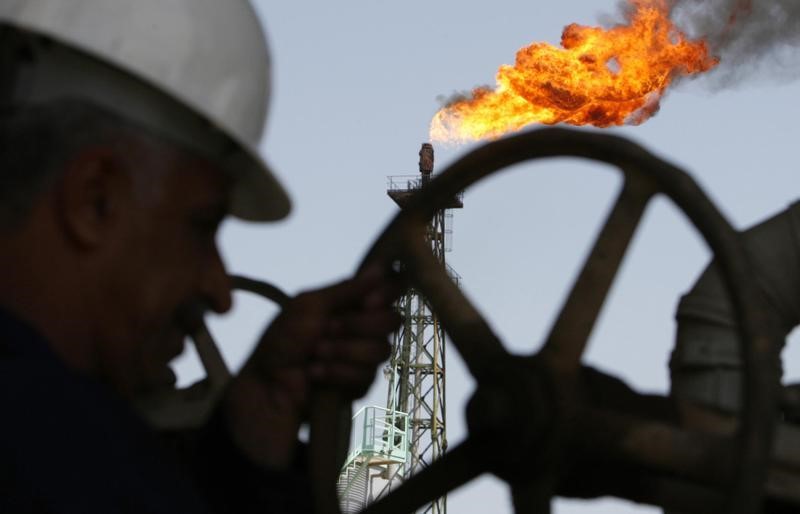By Peter Nurse
Investing.com -- Oil prices weakened Thursday as the surprise rise in U.S. unemployment raised concerns of a slowing economic recovery, adding to indications that China’s economy is being strained by a power crunch.
By 9:25 AM ET (1325 GMT), U.S. crude futures were down 1.7% at $73.58 a barrel, while Brent futures were down 1.5% at $76.96 a barrel.
U.S. Gasoline RBOB Futures were down 1.3% at $2.1460 a gallon.
Applications for U.S. state unemployment benefits unexpectedly rose for a third straight week, with initial jobless claims rising to 362,000 last week, suggesting that the resurgence in Covid-19 infections, driven by the delta variant of the coronavirus, could be affecting the labor market.
A separate report confirmed that U.S. economic growth accelerated at a 6.7% annualized rate in the second quarter, slightly above the original 6.6% estimate.
Earlier Thursday data showed China's factory activity unexpectedly shrank in September, with the country’s manufacturing PMI coming in at 49.6 versus 50.1 in August, below the key 50 level which represents expansion for the first time since February 2020.
China is the world's biggest crude importer and its second-largest consumer behind the United States.
Adding to the negative news were official figures showing an unexpected rise in U.S. inventories as production in the Gulf of Mexico largely returned to the levels before Hurricane Ida hit around a month ago
U.S. crude inventories were up by 4.6 million barrels last week, data from the Energy Information Administration showed on Wednesday, compared with expectations for a 1.7 million-barrel drop.
That said, crude is still heading for a healthy monthly gain amid expectations that the market will remain in supply deficit for some time.
Global oil supply is expected to be 1.2 million barrels a day below demand in October and 900,000 barrels a day lower the following month, according to an OPEC secretariat document being reviewed by the group’s Joint Technical Committee.
This is bound to form a large part of the discussions when the Organization of the Petroleum Exporting Countries and their allies, a group known as OPEC+, meet next week.
“The group has been cautious up until this point. However, it is still to be seen if they will continue to take this approach if calls to increase output at a quicker pace get louder,” said analysts at ING, in a note.
